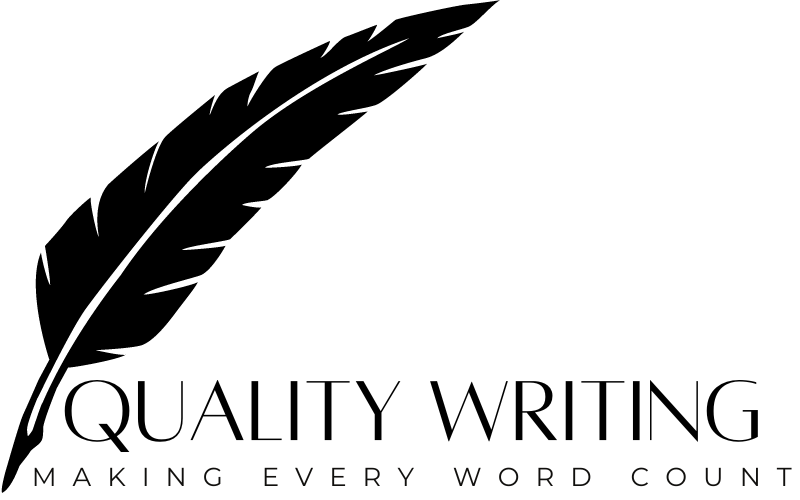The concept of supplemental education has taken a front seat in the quest for the holistic development of children. This comprehensive guide will delve into the multifaceted world of supplemental education, exploring its importance, various forms, benefits, and practical strategies for integration into a child’s learning journey.
The Essence of Supplemental Education
Understanding the Concept: At its core, supplemental education extends beyond the traditional classroom. It amalgamates additional educational activities that enhance and complement a child’s formal schooling.
The Need: More than school-based learning may be required in today’s competitive environment. Supplemental education bridges this gap, targeting areas that need further development and nurturing unique talents.
Diverse Avenues of Learning
1. Academic Enrichment: This includes advanced courses, tutoring sessions, and online programs targeting specific subjects or skills. Websites like Khan Academy and Coursera offer many resources for young learners.
2. Experiential Learning: Activities like educational trips, museum visits, and science camps provide hands-on learning experiences that are both engaging and informative.
3. Technology Integration: Using educational apps and interactive software, such as Duolingo for language learning or Codecademy for coding skills, introduces a fun element to learning.
4. Creative Arts and Sports: These activities enhance cognitive abilities, promote physical health, and encourage creative thinking. Local community centers often offer a variety of such programs.
The Benefits Unfolded-
Cognitive Growth: Supplemental education fosters critical thinking, problem-solving skills, and intellectual curiosity.
Personal Development: It aids in developing time management, self-discipline, and organizational skills.
Emotional and Social Benefits: Group activities enhance social skills, empathy, and emotional intelligence.
Balancing with School: It’s crucial to maintain a balance. Overburdening children can be counterproductive, so finding the right mix of activities is essential. It requires careful consideration and precision. The key lies in striking a harmonious balance between formal education and additional learning opportunities. Overloading children with excessive extracurricular activities can lead to burnout and diminish their love for learning. Parents and educators should focus on integrating supplemental education to complement the child’s school schedule rather than overwhelming it. This means choosing activities that align with the child’s interests and academic needs while allowing ample time for rest, play, and unstructured learning. Monitoring the child’s response to these activities is essential – their enthusiasm, stress levels, and overall well-being are crucial indicators. By thoughtfully balancing supplemental education, we can ensure it serves as a bridge to success and fulfillment rather than a burden.
Customization: Tailoring the supplemental education to fit the child’s interests and learning style is critical. This personalization makes learning more effective and enjoyable.
Parental Involvement: Active parental participation, whether in choosing the right programs or being involved in learning activities, significantly enhances the effectiveness of supplemental education.
In Conclusion
Supplemental education is not just about academic excellence; it’s about shaping well-rounded, curious, and confident individuals. By embracing this approach, parents and educators can unlock each child’s vast potential, preparing them for academic success and a fulfilling life journey.
Further Resources:
- Edutopia: A comprehensive resource for innovative education methods.
- Parent Toolkit: A guide for parents to navigate their child’s educational journey.
- MindShift: Explores the future of learning in all its dimensions.
